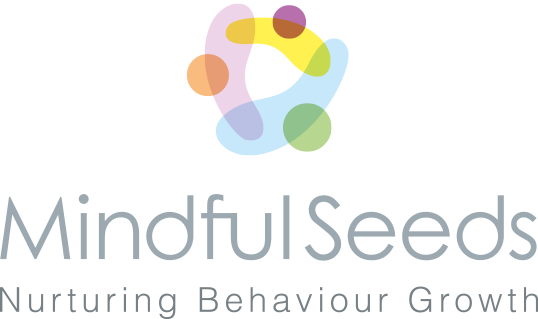How ABA Techniques Can Improve Classroom Behavior and Learning
Applied Behavior Analysis (ABA) techniques have been proven to be highly effective in improving classroom behavior and learning outcomes for students. By utilizing these evidence-based strategies, educators can create a positive and supportive learning environment that fosters academic success and social-emotional development. One of the key benefits of using ABA techniques in the classroom is that they are individualized and tailored to meet the specific needs of each student. This personalized approach allows teachers to address behavior challenges and learning difficulties in a targeted and effective manner, leading to better outcomes for students. ABA techniques also focus on teaching students new skills and behaviors through positive reinforcement and consistent feedback. By using rewards and praise to reinforce desired behaviors, educators can help students learn and practice important skills such as following directions, staying focused, and completing tasks independently. In addition, ABA techniques can help students develop self-regulation and problem-solving skills, which are essential for academic success. By teaching students how to identify and manage their emotions, as well as how to effectively solve problems and make decisions, educators can empower students to take control of their own learning and behavior. Furthermore, ABA techniques can help create a supportive and inclusive classroom environment that promotes positive social interactions and cooperation among students. By teaching students how to communicate effectively, work together as a team, and resolve conflicts peacefully, educators can help foster a sense of community and belonging in the classroom. Overall, the use of ABA techniques in the classroom can lead to significant improvements in behavior and learning outcomes for students. By implementing these evidence-based strategies, educators can create a positive and nurturing learning environment that supports the academic, social, and emotional growth of all students.Maximizing Student Potential: Using ABA to Foster Social Skills and Academic Success
Every student has the potential to succeed and thrive academically and socially. With the right tools and techniques, educators can help students reach their maximum potential. One powerful approach that has been proven effective is Applied Behavior Analysis (ABA). ABA is a scientific and evidence-based approach that focuses on understanding and improving behavior. By using ABA techniques, educators can help students develop essential social skills and academic abilities that will set them up for success in school and beyond. One key aspect of ABA is the focus on positive reinforcement. By rewarding desired behaviors and providing consistent feedback, educators can help students learn and practice important social skills such as communication, cooperation, and problem-solving. This positive reinforcement can also be used to motivate students to excel academically, by rewarding them for completing tasks, participating in class, and demonstrating a strong work ethic. ABA can also be used to help students develop self-regulation skills, such as impulse control and emotional regulation. By teaching students how to recognize and manage their emotions, educators can help them navigate social situations more effectively and stay focused on their academic goals. Overall, ABA is a powerful tool for maximizing student potential. By using ABA techniques to foster social skills and academic success, educators can help students reach their full potential and achieve their goals. With dedication, patience, and a focus on positive reinforcement, educators can make a lasting impact on students’ lives and set them up for success in school and beyond. Together, we can help every student unlock their potential and thrive in all areas of their lives.- What is ABA and how is it used in schools? Answer: ABA stands for Applied Behavior Analysis, a therapeutic approach that focuses on using behavioral techniques to improve social, communication, and learning skills. In schools, ABA is commonly used to help students with autism spectrum disorder or other developmental disabilities improve their behavior and academic performance.
- How can ABA benefit students in a school setting? Answer: ABA can benefit students in schools by helping them learn new skills, improve communication, reduce challenging behaviors, and increase academic success. By using evidence-based strategies and individualized plans, ABA can help students reach their full potential and succeed in a school environment.
- Are there specific qualifications or certifications required for school staff to implement ABA? Answer: While specific qualifications may vary by state or school district, it is recommended that school staff who implement ABA have training and certification in Applied Behavior Analysis. Board Certified Behavior Analysts (BCBAs) are professionals who have met rigorous training and certification requirements in ABA and are qualified to design and oversee ABA programs in schools.
- How can parents and teachers collaborate to support ABA implementation in schools? Answer: Parents and teachers can collaborate by sharing information about the student’s needs, goals, and progress, as well as discussing strategies and interventions that work well both at home and in the school setting. Open communication, teamwork, and consistency in implementing ABA techniques can help support the student’s success in school.




Comments